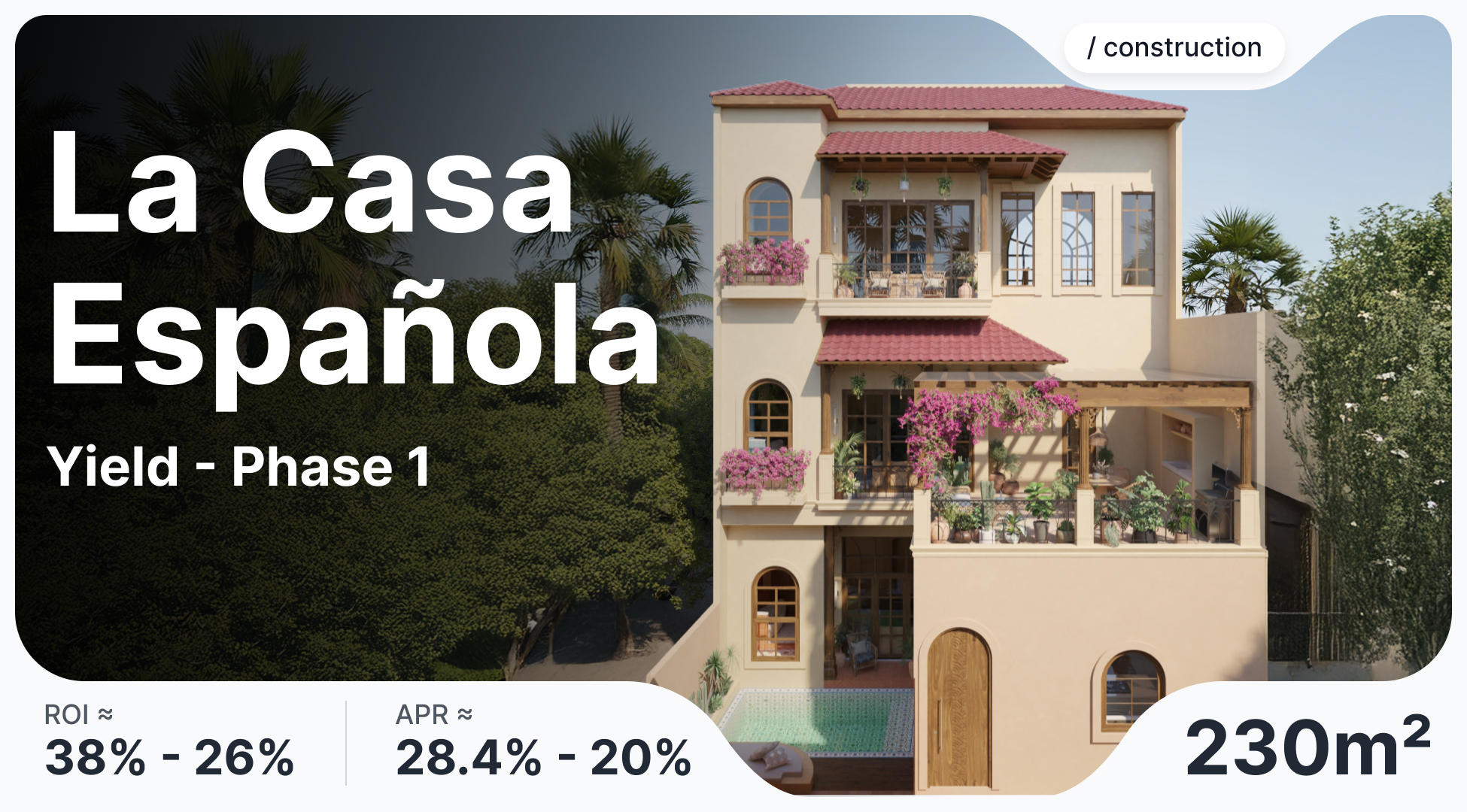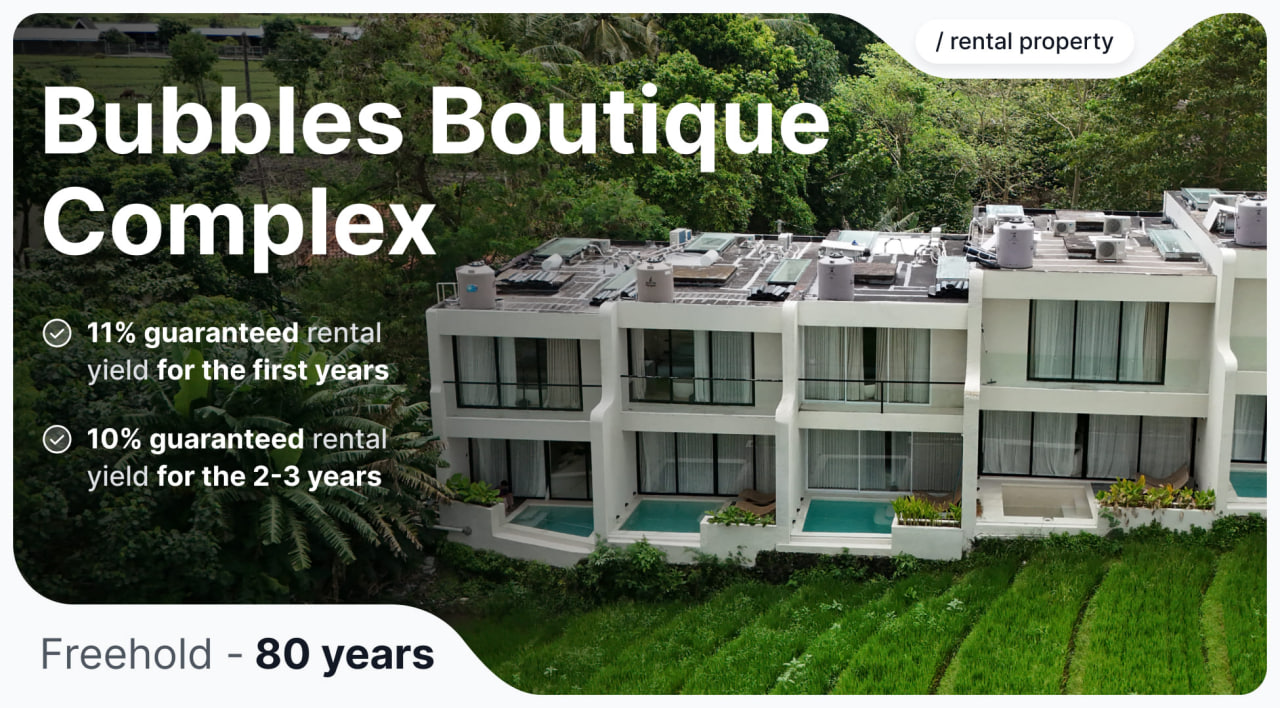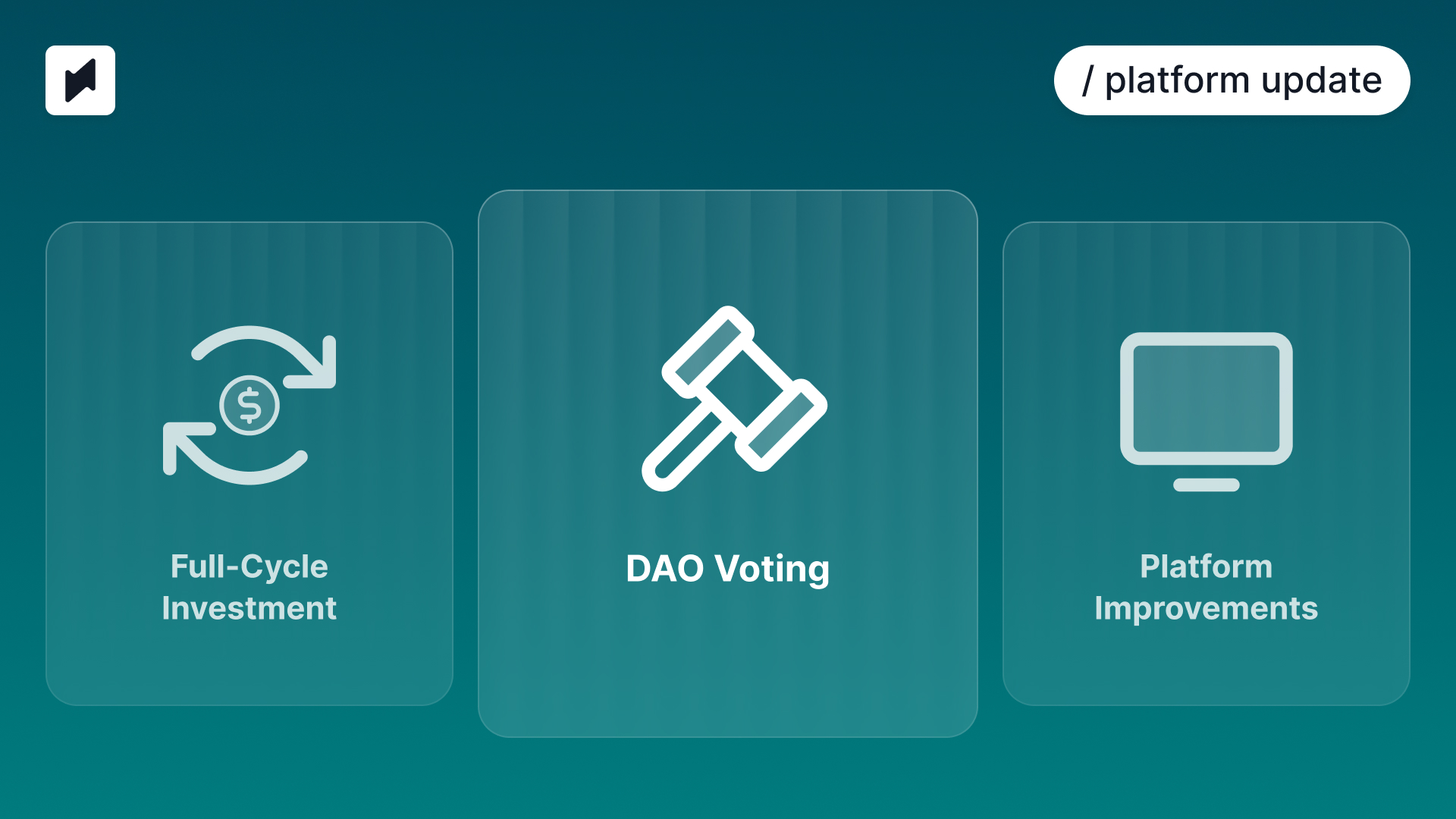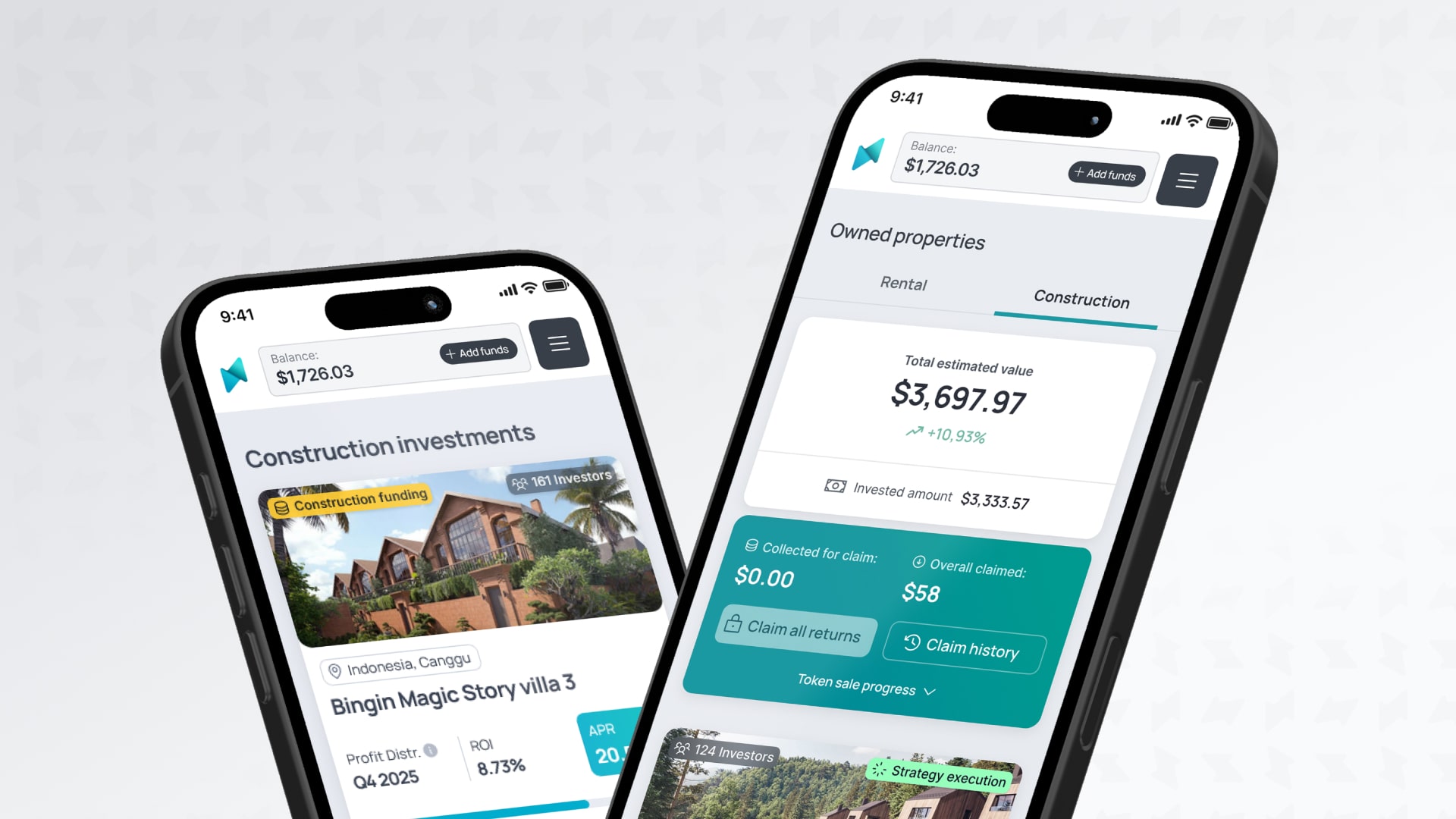Unlocking High-Value Properties with Fractional Real Estate Investing

In today's rapidly evolving real estate market, owning high-value properties is no longer just an option for the ultra-wealthy. You can’t own them as a whole if you don’t have enough capital, but you can own a piece of them. Fractional real estate investing allows you to purchase shares in such properties worldwide, enabling you to enjoy rental income and potential appreciation without the burdens of full ownership. This innovative approach opens up new possibilities for diversifying your portfolio and participating in the real estate market with greater flexibility and reduced risk. In this guide, we'll explore the essentials of fractional real estate investing, from how it works to its benefits and challenges.
What is Fractional Real Estate Investing?
Fractional real estate investing involves purchasing a share or fraction of a property rather than buying the entire property outright. This means multiple investors can collectively own a high-value asset, each holding a percentage of the property's ownership and the associated rights, such as rental income or appreciation. Investing in fractional real estate allows individuals to participate in the real estate market with a lower capital outlay, making it accessible to a broader range of investors. This approach also enables diversification across various properties and locations and reduces overall investment risk.
How Fractional Real Estate Investing Works?

Fractional real estate investing involves a series of steps that transform a property into fractions. Here’s a step-by-step explanation of how the process typically works:
- Property acquisition and evaluation: The process begins with the identification and acquisition of a real estate property, typically by a real estate company or platform. This property is carefully evaluated to determine its market value, potential rental income, and overall investment potential.
- Legal structuring: A legal entity, such as a Limited Liability Company (LLC), is created to hold the property. This entity issues fractional shares, providing a clear legal framework for ownership and protecting investors' rights.
- Fractionalization: Once the property is acquired, it is divided into fractions or shares, each representing a portion of the property's ownership. These fractions can be based on the property’s value, and each share entitles the owner to a corresponding percentage of the property’s income and appreciation.
- Smart contracts and tokenization (optional): Some fractional investing platforms use digital tokens stored on blockchain to represent property fractions. The tokens are empowered by smart contracts to automate management, rental income distribution, ownership transfers, and compliance with legal agreements.
- Offering to Investors: The fractional shares are then offered to investors through a fractional real estate platform. You can purchase as many shares as you wish, gaining proportional ownership of the property.
- Management and income distribution: Once the investment is made and the property shares are distributed to investors, a professional management team takes over. They handle all aspects of property management, including maintenance and tenant relations. The rental income generated by the property is collected and then distributed to you according to the size of your ownership share.
- Exit strategy: You can sell your fractional shares on a secondary market offered by the platform. This way, you exit the investment without waiting for the entire property to be sold.
Benefits of Fractional Real Estate Investing
- Lower entry barrier: Fractional real estate investing allows you to participate in high-value property investments without needing to purchase an entire property, making it more accessible to a wider range of individuals.
- Diversification: By owning fractions of multiple properties, you can spread your investments across different types of real estate and locations, reducing the risk associated with putting all your funds into a single property.
- Professional management: You benefit from professional property management, which handles everything from maintenance to tenant relations. This reduces the time and effort required from you, allowing you to focus on the financial aspects of your investment.
- Increased liquidity: Compared to traditional real estate, fractional investments often provide greater liquidity. You can sell your shares on secondary markets, offering more flexibility in accessing your funds.
- Passive income: Fractional ownership entitles you to a share of rental income, providing a steady stream of passive income without the responsibilities of direct property ownership.
- Access to premium properties: Fractional investing allows you access to high-value or commercial properties that might otherwise be out of reach, enabling you to participate in lucrative markets.
Challenges of Fractional Real Estate Investing
- Limited control: As a fractional owner, you have less control over property decisions, such as management or maintenance.
- Regulatory uncertainty: Fractional real estate investing is still a relatively new market, and the regulatory environment can be unclear or subject to change, potentially affecting your investment.
- Platform dependence: Your investment is closely tied to the platform managing the property. If the platform faces financial difficulties or operational challenges, it could impact your returns or ability to manage your shares.
- Higher volatility: Increased liquidity in fractional real estate can lead to higher volatility in property values. As it becomes easier to buy and sell shares, the value of your investment may fluctuate more frequently compared to traditional real estate holdings.
Fractional Real Estate Investing Platforms
Fractional real estate investing platforms are the best way to acquire fractional ownership and appreciate passive income. These platforms can be broadly categorized into those that use tokenization and those that do not. Tokenization involves converting property ownership into digital tokens on a blockchain, offering enhanced benefits like increased liquidity, transparency, and automation through smart contracts.
Non-Tokenized Fractional Real Estate Platforms
- Arrived: Arrived focuses on residential rental properties in the U.S., allowing you to invest in single-family homes with a minimum investment of just $100.
- GetStake: GetStake provides access to real estate investments primarily in the MENA region, with a particular focus on Dubai properties. You can start investing with as little as 500 AED (~$136).
Tokenized Fractional Real Estate Platforms
- RealT: RealT specializes in tokenized fractional ownership of rental properties, primarily in the U.S. Each property is divided into tokens, and you can start investing with as little as $50. The platform allows for further re-usage of these tokens in collateral loans.
- Lofty: Lofty offers tokenized investments in U.S. rental properties, including both single-family homes and villas. The platform allows investing starting at $50.
- Binaryx: Binaryx provides a global approach to tokenized real estate investing, with properties in Bali and Montenegro and plans to expand into other regions. You can invest in both rental properties and construction projects with a minimum of $50.
Fractional Real Estate Investing Case Studies
Fractional real estate investing has seen a variety of successful implementations across the globe, allowing investors to own shares in high-value properties that would otherwise be inaccessible. One notable example is The Shard, a 95-story skyscraper in London and one of the tallest buildings in Europe. Completed in 2012, The Shard was developed with a mix of traditional and fractional ownership. In 2020, investors were able to purchase fractional shares, allowing them to own a piece of this landmark building without needing the capital to buy an entire floor or office space.
And now let's take a look at real estate fractional investing with some more down-to-earth case studies that are available right now. Let’s consider two scenarios where you invest $20,000 using the RealT and Binaryx platforms.

RealT Investment Portfolio Case Study
RealT is a platform that offers investors the opportunity to purchase fractional shares in tokenized rental properties across the United States. Let’s consider a scenario where you invest $20,000 in a diversified portfolio of four rental properties.

- Portfolio composition: $5000 in each of four rental family houses: one in Detroit, one in Chicago, one in Atlanta, and one in Cleveland.
- Total invested: $20,000
- Projected annual rental income rate: 9.5%
- Total annual rental income: $20,000 * 9.5% = $1900
- 2-Year profit: $1900 * 2 = $3800
- 5-Year profit: $1900 * 5 = $9500
- Portfolio value after 5 years: $29,500
This portfolio provides a stable and diversified investment across different cities in the US, offering consistent rental income and the potential for property appreciation over time.
Binaryx Investment Portfolio Case Study
Binaryx is a global platform offering fractional real estate investment opportunities in regions like Bali and Montenegro. On the Binaryx Platform, you can invest not only in rental properties but also in real estate under construction. Here’s how a $20,000 investment might look across both rental and construction projects.

- Assume, that the portfolio composition includes $5,000 in a rental villa in Bali with a 16.3% APR, $5,000 in another rental villa in Bali with a 10.5% APR, $5,000 in a construction project in Bali with an initial 17% ROI over 11 months followed by a 15% rental APR after construction completion, and $5,000 in a construction project in Montenegro with an initial 19.24% ROI over 7 months followed by an 8% rental APR after construction completion.
- Total invested: $20,000
- First-year total: $815 + $525 + $850 + $962 = $3152
- Second-year total: $815 + $525 + $750 + $400 = $2490
- 2-Year Profit: $3152 + $2490 = $5642
- 5-Year Profit: $14,120
- Portfolio value after 5 years: $34,120
This diversified portfolio with Binaryx allows you to take advantage of both short-term gains from construction projects and long-term rental income, spread across two promising global markets.
Legal and Regulatory Considerations
When investing in fractional real estate, it's important to understand that these investments often involve the issuance of securities representing property ownership. This means that such investments are typically subject to securities regulations, which vary by jurisdiction. In the U.S., for instance, the Securities and Exchange Commission (SEC) oversees these activities, and compliance with registration and disclosure requirements is essential. However, most fractional real estate platforms fall under the securities exemption, and therefore you, as an investor, have no risk of having your fractional property shares recognized as unregistered securities.
Additionally, when investing in international properties, you should consider local specifics. Different countries have varying laws regarding property ownership, securities, and taxes, which can complicate the investment process. Compliance with Know Your Customer (KYC) and Anti-Money Laundering (AML) regulations is also mandatory, requiring you to provide identification and documentation.
Fractional Real Estate vs REIT
Fractional real estate investing and Real Estate Investment Trusts (REITs) offer different paths to real estate ownership. In a REIT, you buy shares in a company that owns and manages a portfolio of properties, earning returns through dividends from the company’s income. This provides a passive investment experience with higher liquidity, as REIT shares are typically traded on major stock exchanges. However, as a REIT investor, you own shares in the company rather than directly in the underlying properties.
In contrast, fractional real estate investing involves directly owning a share of a specific property, with returns coming from the rental income generated by that property. This model offers more tangible ownership and potentially greater control over your investment, though it often comes with lower liquidity and more involvement in property-specific decisions. The choice between REITs and fractional real estate depends on whether you prioritize liquidity and diversification or direct ownership and control.
Final Words
Fractional real estate investing is a game-changer for those looking to enter the real estate market without the significant capital typically required for property ownership. By allowing investors to purchase shares in high-value properties, this approach opens up opportunities to diversify portfolios, earn passive income, and access premium real estate that would otherwise be out of reach. However, it's important to understand the associated risks, such as potential platform dependency and regulatory uncertainties, before diving in.
As the market for fractional real estate investing continues to grow, investors should carefully evaluate their options, stay informed about regulatory developments, and consider the long-term implications of their investments. With proper research and a clear understanding of the benefits and challenges, fractional real estate can be a valuable addition to a diversified investment portfolio. Try building an investment portfolio on the Binaryx Platform!








-min.jpg)

